
Articles
How To Make A Homemade Duster
Modified: January 18, 2024
Learn how to make your own homemade duster with simple articles you already have at home. Save money and keep your space clean and dust-free!
(Many of the links in this article redirect to a specific reviewed product. Your purchase of these products through affiliate links helps to generate commission for Storables.com, at no extra cost. Learn more)
Introduction
In today’s fast-paced world, keeping a clean and dust-free house is essential for maintaining a healthy living environment. Dusting is an important part of any cleaning routine, as it helps remove dust particles that can accumulate on surfaces and lead to allergies and respiratory issues. While there are many commercial dusters available on the market, creating your own homemade duster can be a cost-effective and fun DIY project.
In this article, we will guide you through the process of making a homemade duster using simple materials that you may already have at home. Whether you’re looking to save money, reduce waste, or simply enjoy a satisfying crafting project, making your own duster can be a rewarding experience.
By creating a homemade duster, you have the flexibility to customize it according to your specific needs and preferences. You can choose the materials, design, and size that best suit your cleaning requirements. Additionally, making a homemade duster allows you to reduce your environmental impact, as you can utilize eco-friendly materials and reuse them as necessary.
This step-by-step guide will walk you through the process of creating a homemade duster from start to finish. So gather your supplies and let’s get started on making a duster that will effectively rid your home of dust and leave your surfaces sparkling clean.
Key Takeaways:
- Create a personalized, eco-friendly homemade duster using simple materials found at home. Enjoy the satisfaction of crafting a unique cleaning tool while reducing waste and maintaining a healthy living environment.
- Customizing your homemade duster allows for a fun and rewarding DIY experience. Enjoy the flexibility to choose materials, design, and size, and take pride in contributing to a cleaner, dust-free home environment.
Read more: How To Make Homemade Pillows
Materials Needed
Before you begin making your homemade duster, it’s important to gather all the necessary materials. The good news is that most of these materials can be found in your own home, making this DIY project convenient and budget-friendly. Here’s a list of the materials you will need:
- Wire hanger: Look for a wire hanger in your closet or ask friends or family if they have any they no longer need. It will serve as the base for your duster.
- Pantyhose or microfiber cloth: Choose either pantyhose or a microfiber cloth to create the duster head. These materials are excellent for trapping dust particles and can be easily cleaned and reused.
- Rubber band or twist tie: You’ll need a rubber band or a twist tie to secure the duster head to the wire hanger.
- Scissors: Make sure you have a pair of scissors to cut the pantyhose or microfiber cloth to the desired size.
- Optional: Decorative materials: If you want to add a personal touch to your homemade duster, consider using decorative ribbons, fabric paints, or other materials to give it a unique look.
These materials are readily available and can be easily found in most households. If you don’t have any pantyhose or microfiber cloth, you can purchase them at a local store or online at an affordable price. Now that you have gathered all the necessary materials, let’s move on to the next step in creating your homemade duster.
Step 1: Gather Supplies
The first step in making your homemade duster is to gather all the necessary supplies. By having everything prepared ahead of time, you can smoothly move on to the next steps without any interruptions. Here’s a breakdown of what you’ll need to have on hand:
- Wire hanger: Look for a sturdy wire hanger that you no longer need. It’s best to choose one with a straight top and a hook at the bottom. If you don’t have a wire hanger, you can ask friends or family if they have any to spare or purchase one from a local store.
- Pantyhose or microfiber cloth: Choose either pantyhose or a microfiber cloth to create the duster head. Pantyhose are readily available and can be found in most households. If you don’t have any, you can purchase them at a local store or online. Alternatively, you can use a microfiber cloth, which is known for its excellent dust-trapping abilities.
- Rubber band or twist tie: You’ll need a rubber band or a twist tie to secure the duster head to the wire hanger. Ensure that it is long enough to wrap around the hanger and hold the material securely in place.
- Scissors: Have a pair of scissors ready to cut the pantyhose or microfiber cloth to the desired size. Make sure they are sharp and suitable for cutting fabric.
- Optional: Decorative materials: If you want to add a personal touch to your homemade duster, you can gather decorative materials such as ribbons, fabric paints, or other embellishments to give it a unique look. These are not necessary for the functionality of the duster but can enhance its appearance.
Once you have gathered all the supplies, you are ready to move on to the next step: preparing the handle for your homemade duster.
Step 2: Prepare the Handle
Now that you have gathered all the necessary supplies, it’s time to prepare the handle for your homemade duster. Follow these steps to ensure your duster is functional and easy to use:
- Straighten the wire hanger: Start by carefully straightening the wire hanger, keeping the hook intact. Pay attention to any bends or twists in the wire and gently straighten them out. You want the wire to be as straight as possible for a comfortable grip.
- Bend the hook: At the bottom of the wire hanger, where the hook is located, use your hands to bend the hook upwards. This will create a loop at the end of the hanger, which will serve as the handle for your duster. Make sure the loop is large enough to fit comfortably in your hand.
- Optional: Add padding: If desired, you can add padding to the handle for extra comfort. You can use foam, fabric, or even a pipe insulation tube to provide a soft grip. Simply wrap the padding material around the handle and secure it with tape or glue.
By straightening the wire hanger and bending the hook to create a handle, you have prepared the foundation for your homemade duster. This will allow you to easily maneuver the duster around your home and effectively clean various surfaces. Now, let’s move on to the next step: creating the duster head.
When making a homemade duster, consider using an old sock or microfiber cloth attached to a stick or hanger for an effective and eco-friendly cleaning tool.
Step 3: Create the Duster Head
With the handle prepared, it’s time to move on to creating the duster head for your homemade duster. Follow these steps to ensure your duster effectively traps dust particles:
- Cut the pantyhose or microfiber cloth: Take your pantyhose or microfiber cloth and cut off a section that is large enough to cover the wire hanger and create a fluffy duster head. The size will depend on your personal preference and the coverage area you want for your duster.
- Make a knot: Once you have the desired piece of pantyhose or microfiber cloth, hold it in the middle and tightly tie a knot around it. This will create a ball-shaped head for your duster.
- Fluff the duster head: After tying the knot, fluff out the fabric around the knot to create a more voluminous and effective duster head. Ensure that the fabric is evenly spread out to maximize dust-trapping capabilities.
By cutting and knotting the pantyhose or microfiber cloth, you have formed the duster head for your homemade duster. The fabric’s texture will allow it to attract and hold onto dust particles as you sweep it across surfaces. Now it’s time to move on to the next step: attaching the duster head to the handle.
Read more: How To Make A Homemade Projector
Step 4: Attach the Duster Head to the Handle
Now that you have created the duster head, it’s time to attach it to the handle of your homemade duster. Follow these steps to securely connect the two components:
- Place the duster head on the handle: Take the duster head you created in the previous step and place it over the looped end of the wire hanger handle. Make sure the knot is facing towards the hook end of the hanger.
- Secure the duster head with a rubber band or twist tie: With the duster head in place, use a rubber band or twist tie to tightly secure it to the handle. Wrap it around the fabric and the handle, making sure it holds the duster head firmly in place.
- Adjust the duster head: After securing the duster head, adjust the fabric around the handle to ensure it is evenly distributed and covers the entire surface. Fluff out the fabric if necessary to give it a fuller appearance.
By attaching the duster head to the handle, you have completed the construction of your homemade duster. The secure connection will allow you to maneuver the duster easily while effectively trapping dust particles. Now it’s time for the final step: testing and using your homemade duster.
Step 5: Test and Use the Homemade Duster
Congratulations! You have successfully made your own homemade duster. Now it’s time to test it out and put it to use. Follow these steps to ensure optimal performance:
- Choose a surface to dust: Select a surface in your home that needs dusting, such as shelves, furniture, or electronics.
- Hold the homemade duster by the handle: Grasp the handle of your homemade duster and hold it securely.
- Gently sweep the duster across the surface: Place the duster head against the surface and gently sweep it in a back-and-forth motion. Allow the duster head to capture and trap dust particles.
- Continue dusting: Move on to other surfaces and repeat the sweeping motion with your homemade duster. Remember to regularly check the duster head to see if it needs cleaning or replacing.
- Clean or replace the duster head when necessary: Over time, the duster head will accumulate dust and debris. Shake it out or wash it when needed, or replace it with a new one when it becomes overly dirty or worn out.
By following these steps, you can effectively use your homemade duster to clean and remove dust from various surfaces in your home. Enjoy the satisfaction of seeing your duster in action and the benefits of a clean environment.
Remember, the beauty of a homemade duster is that it can be customized and adjusted to your preferences. Feel free to experiment with different materials, sizes, or decorative elements to create a duster that suits your needs and style.
With your homemade duster in hand, you can now maintain a dust-free and healthy home environment. Happy dusting!
Conclusion
Congratulations on completing your homemade duster! By following the simple steps outlined in this article, you have not only saved money but also contributed to reducing waste by repurposing materials you already had at home. Making your own duster allows you to have a personalized cleaning tool that effectively traps dust particles and helps maintain a clean and healthy living space.
Creating a homemade duster is not only practical but also fun. You have the flexibility to choose the materials, design, and size that best suit your cleaning needs and preferences. Additionally, you have the opportunity to add a unique touch to your duster by incorporating decorative elements and making it truly your own.
Using your homemade duster is a simple and satisfying process. By holding the handle and gently sweeping the duster across surfaces, you can effectively remove dust and keep your home looking pristine. Regularly cleaning or replacing the duster head will ensure its optimum performance and longevity.
Whether you’re looking for a cost-effective cleaning solution or simply enjoy DIY projects, making a homemade duster is a great choice. It not only helps you keep a clean and dust-free home but also gives you a sense of accomplishment and creativity.
So go ahead and put your homemade duster to use! Enjoy the benefits of a cleaner living space while also taking pride in your craft. With your homemade duster, you have the power to maintain a healthier and more comfortable home environment for yourself and your loved ones.
Thank you for joining us on this DIY journey. Happy dusting!
Frequently Asked Questions about How To Make A Homemade Duster
Was this page helpful?
At Storables.com, we guarantee accurate and reliable information. Our content, validated by Expert Board Contributors, is crafted following stringent Editorial Policies. We're committed to providing you with well-researched, expert-backed insights for all your informational needs.
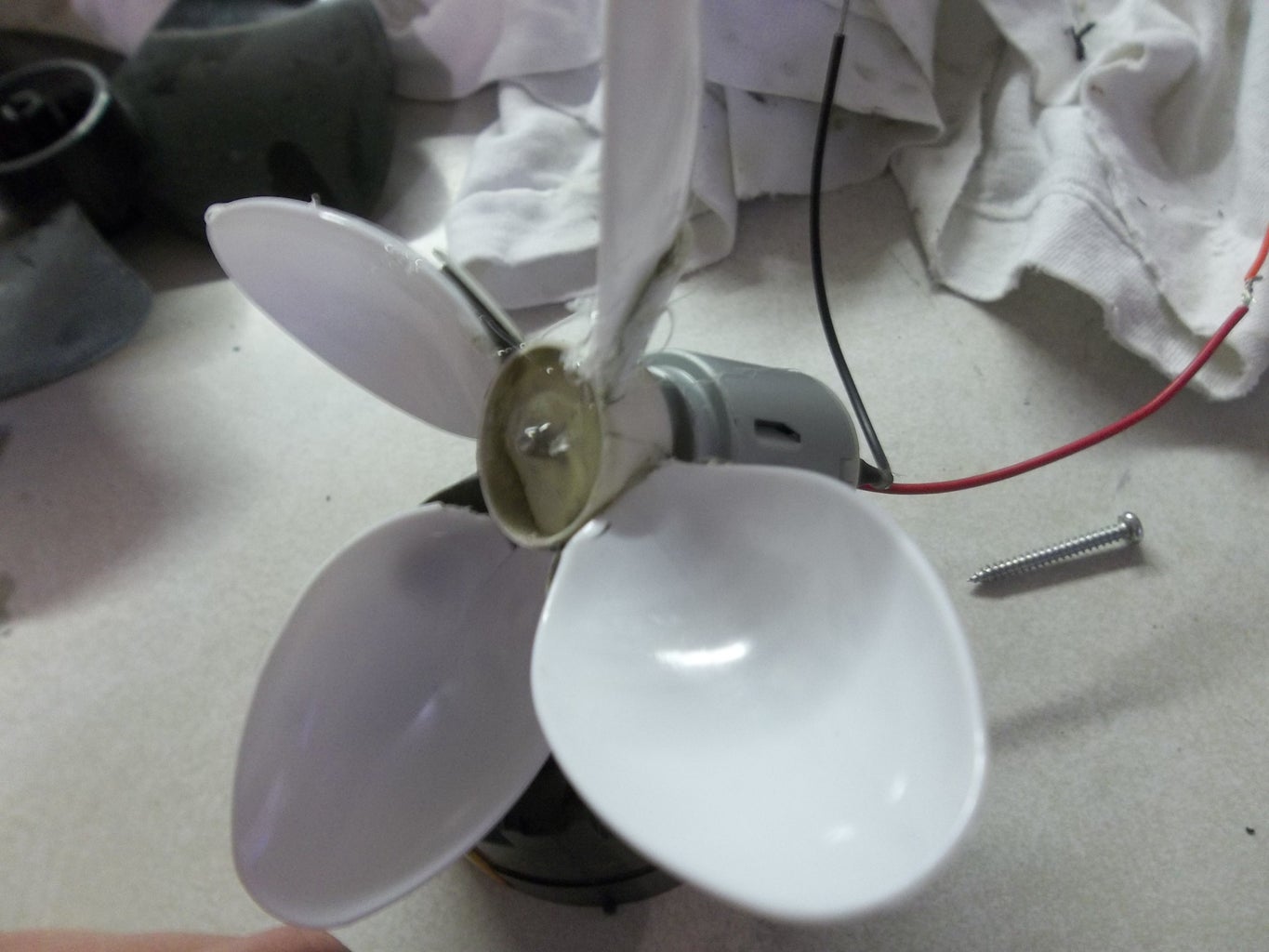
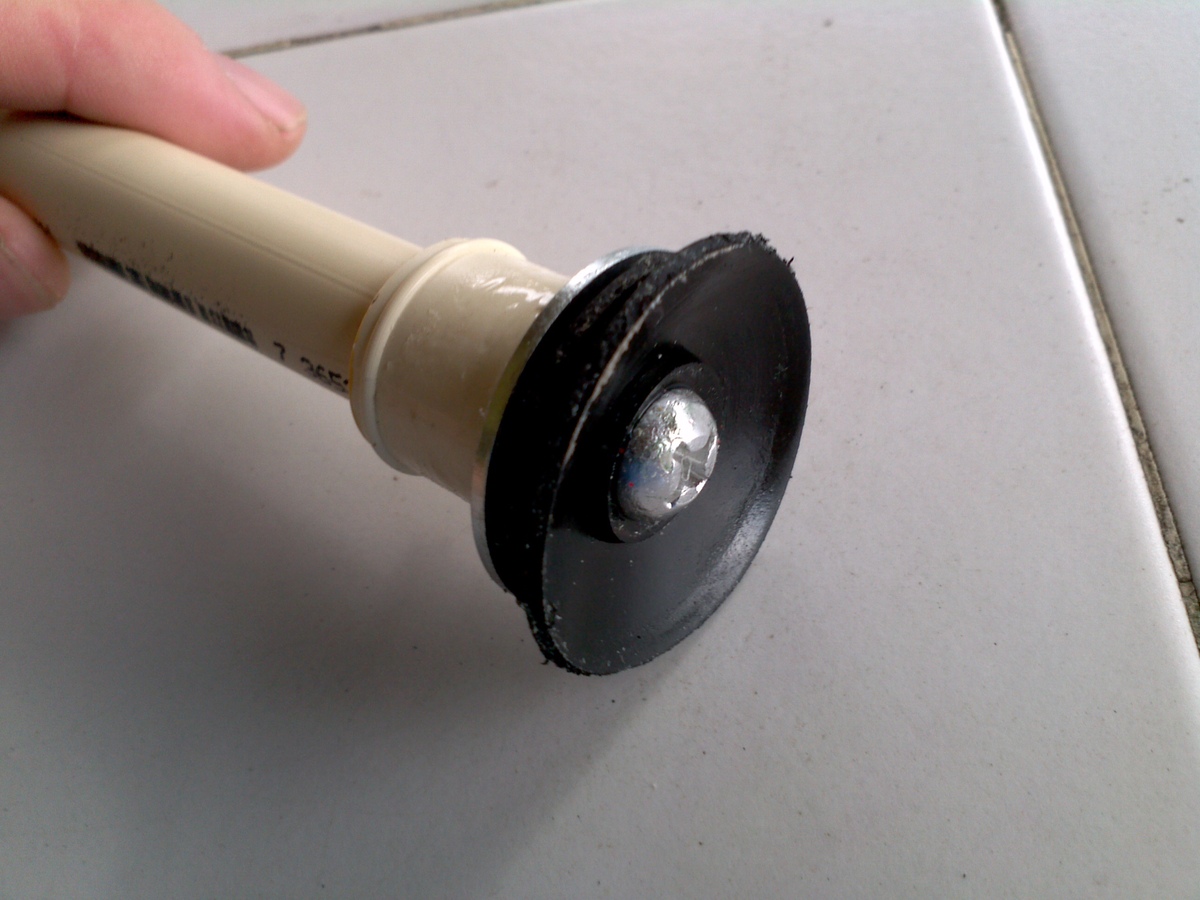

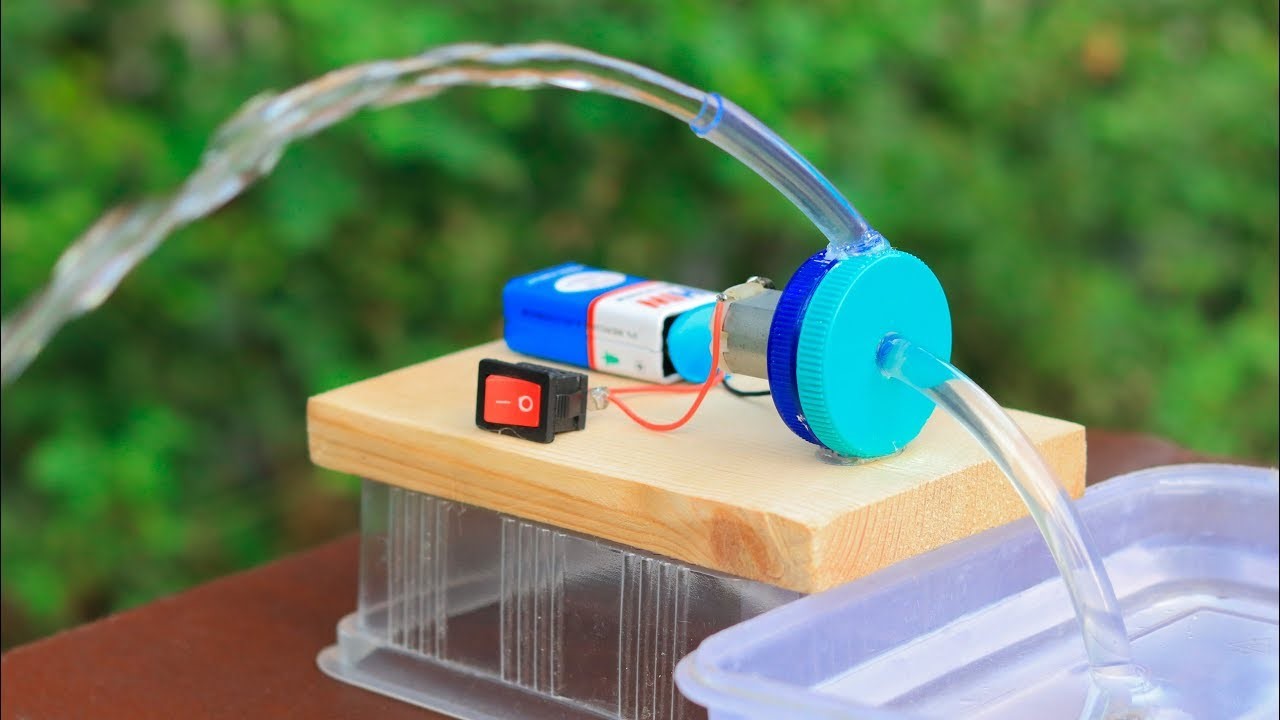

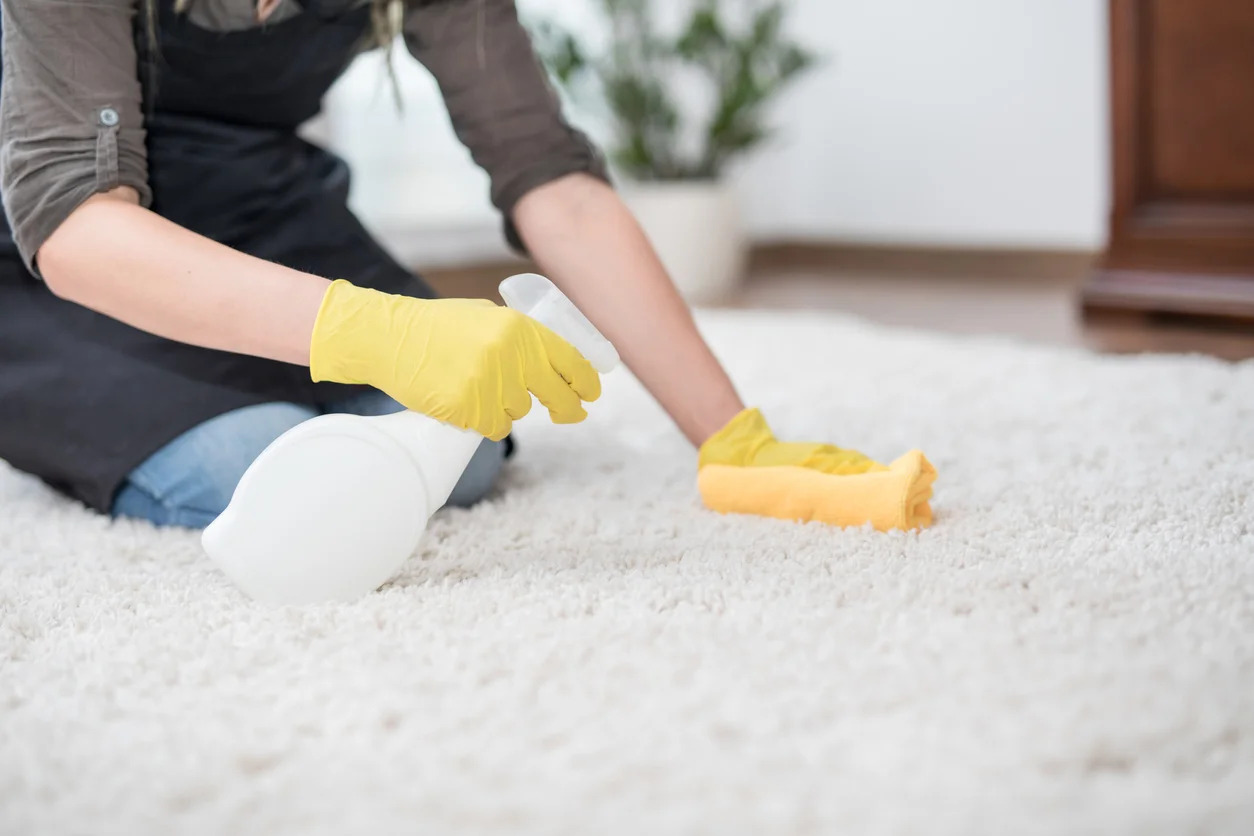
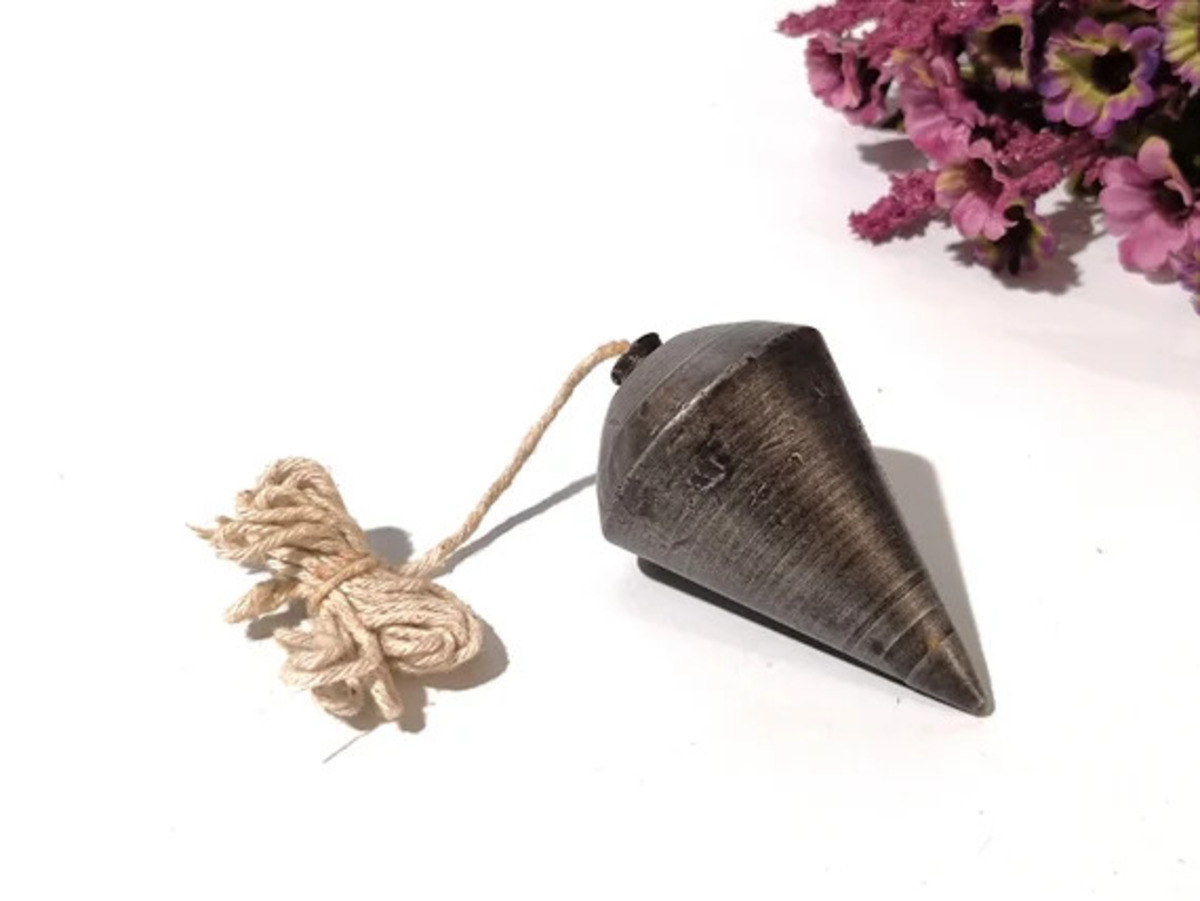
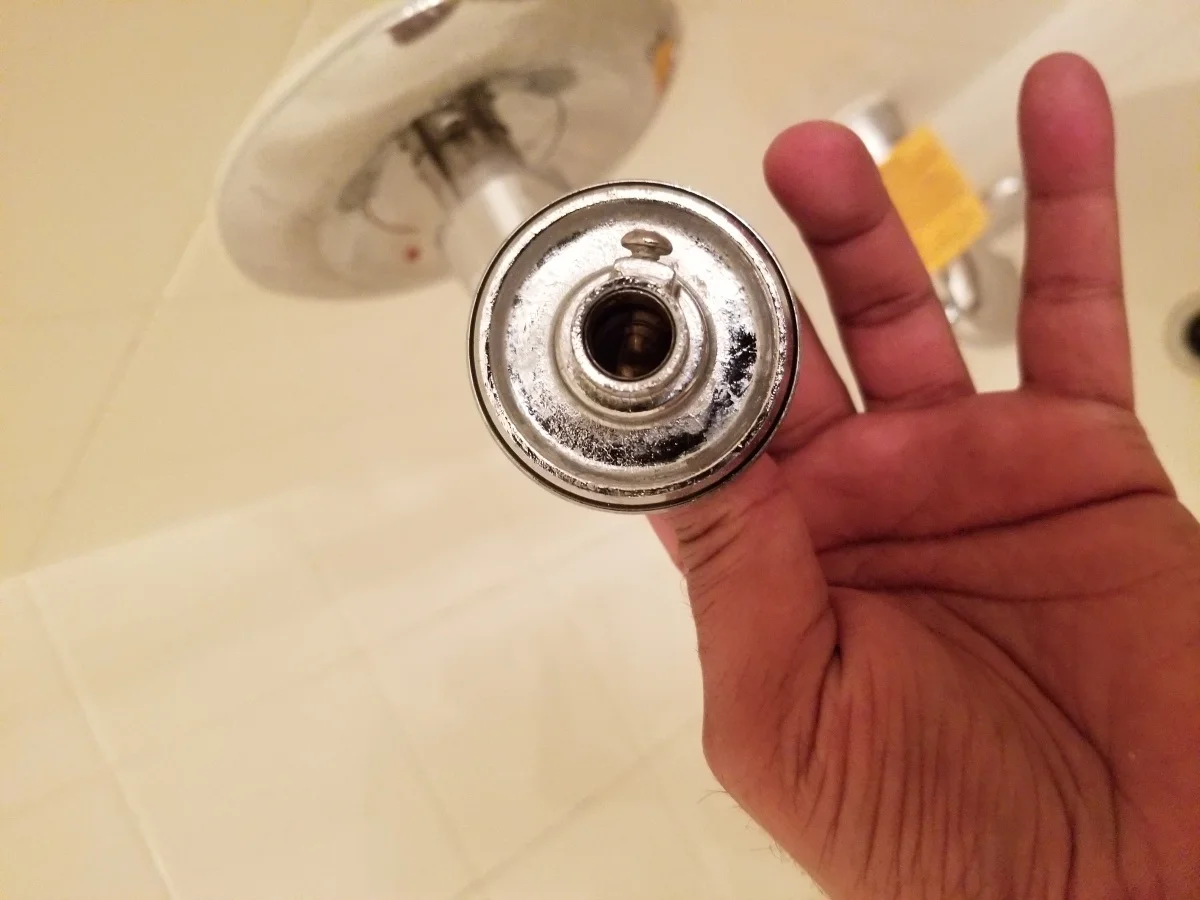
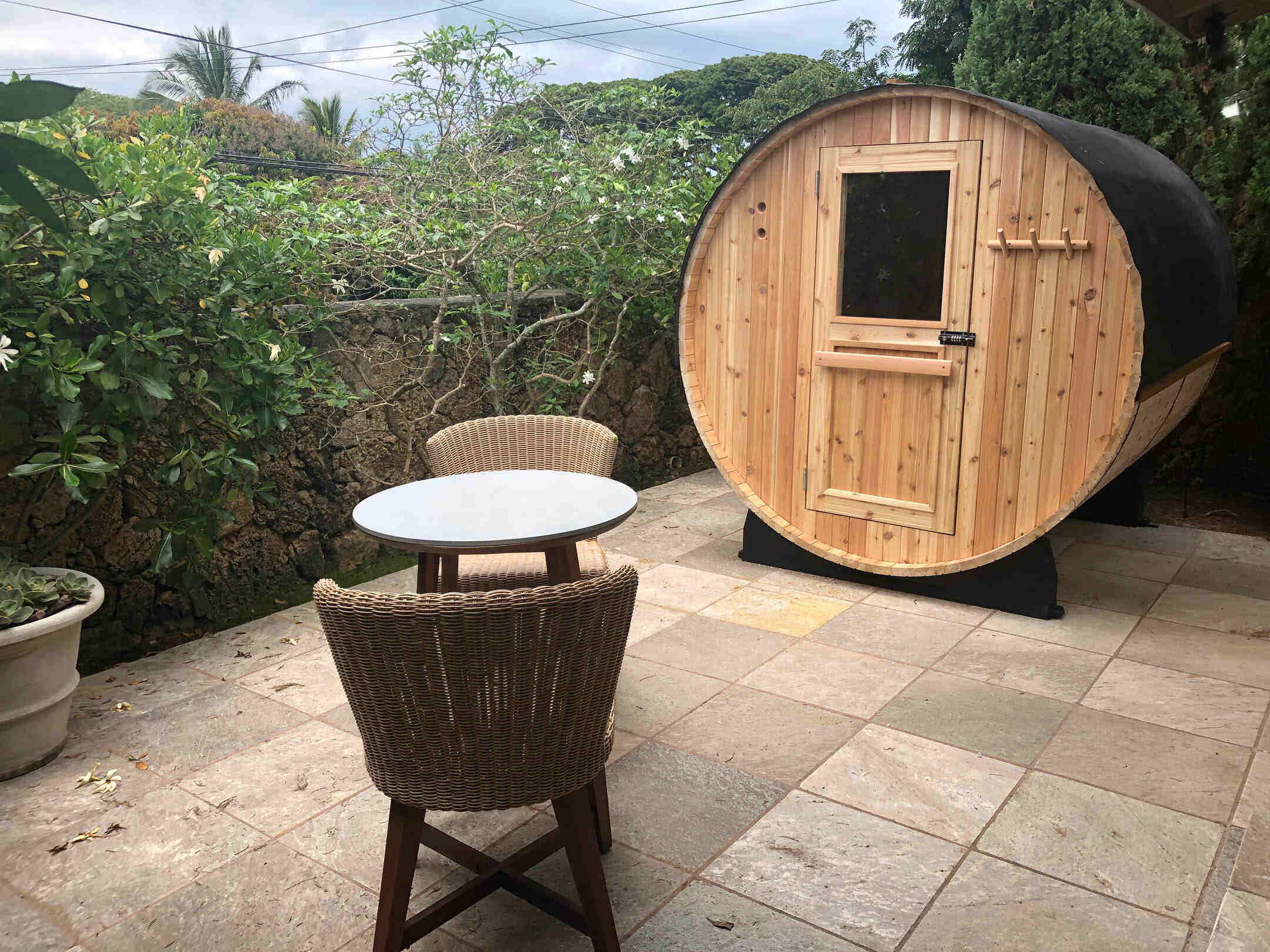
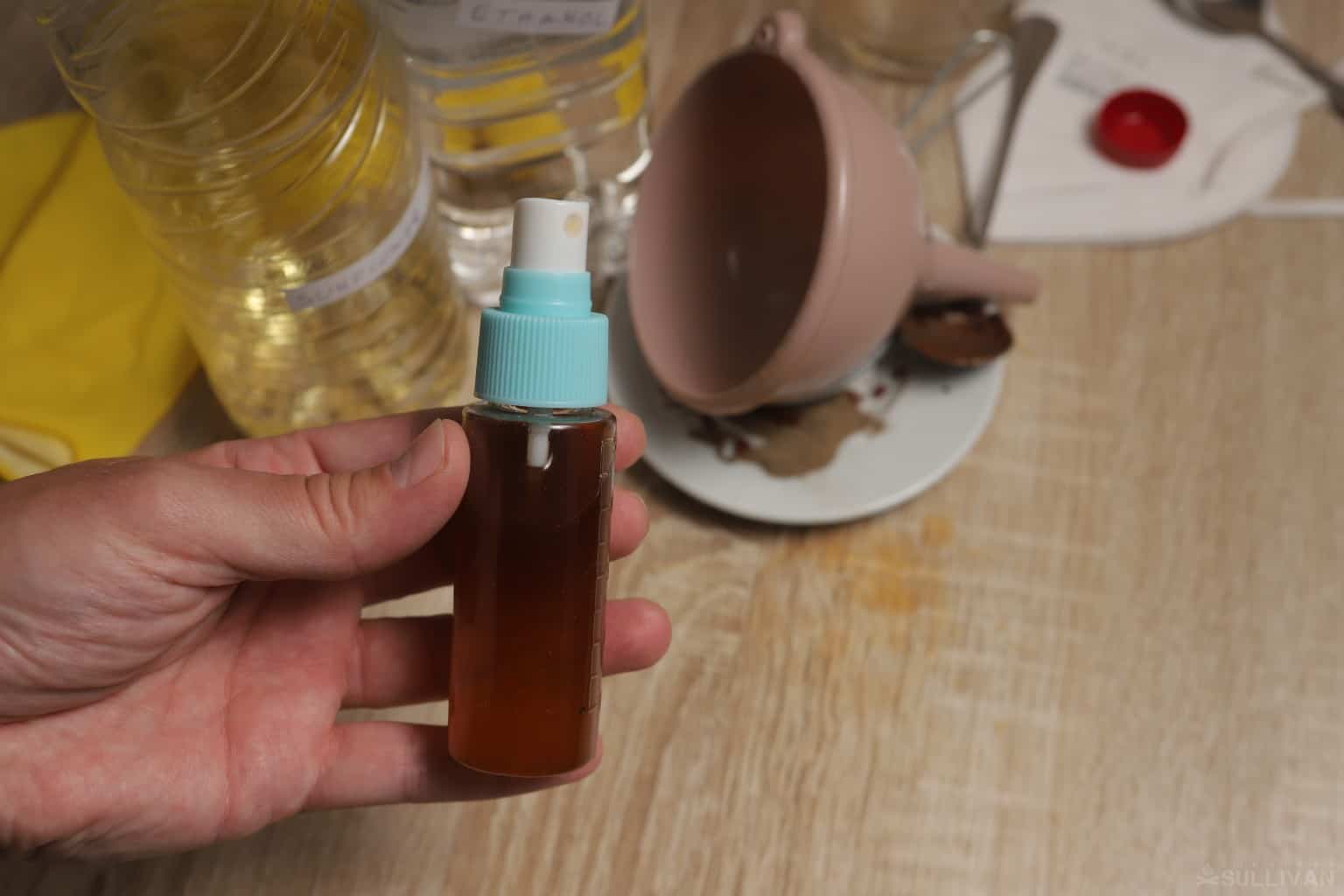
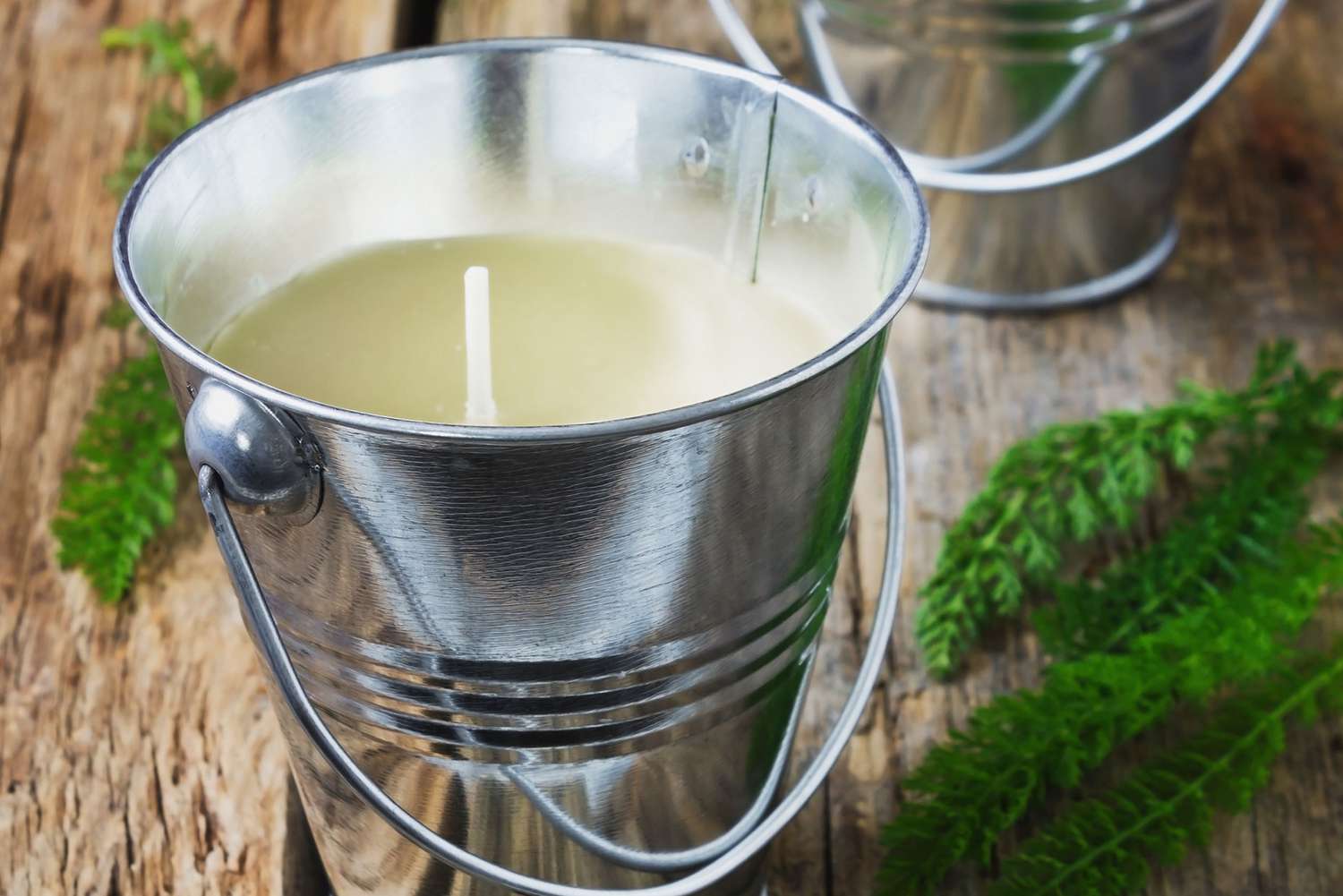
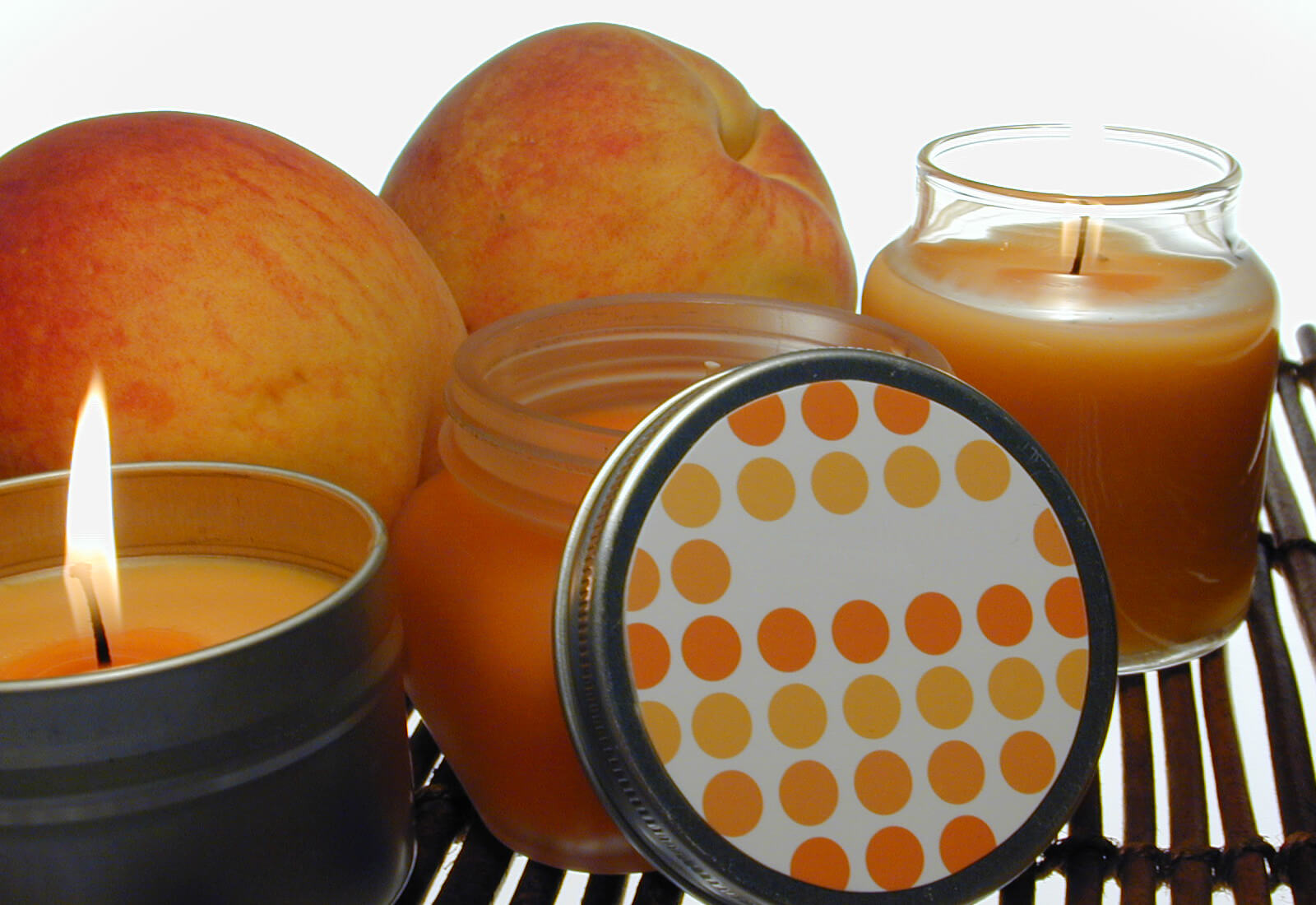
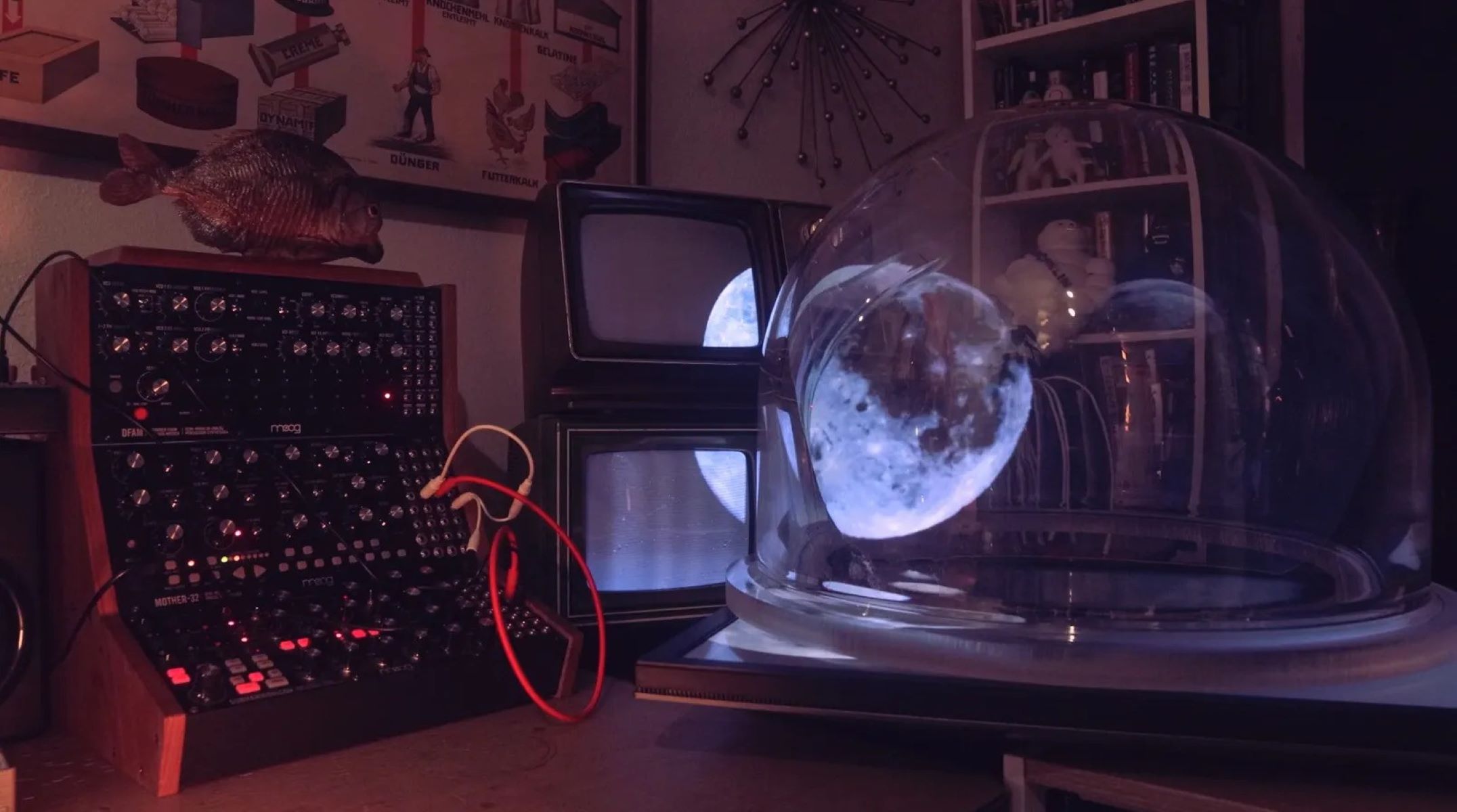
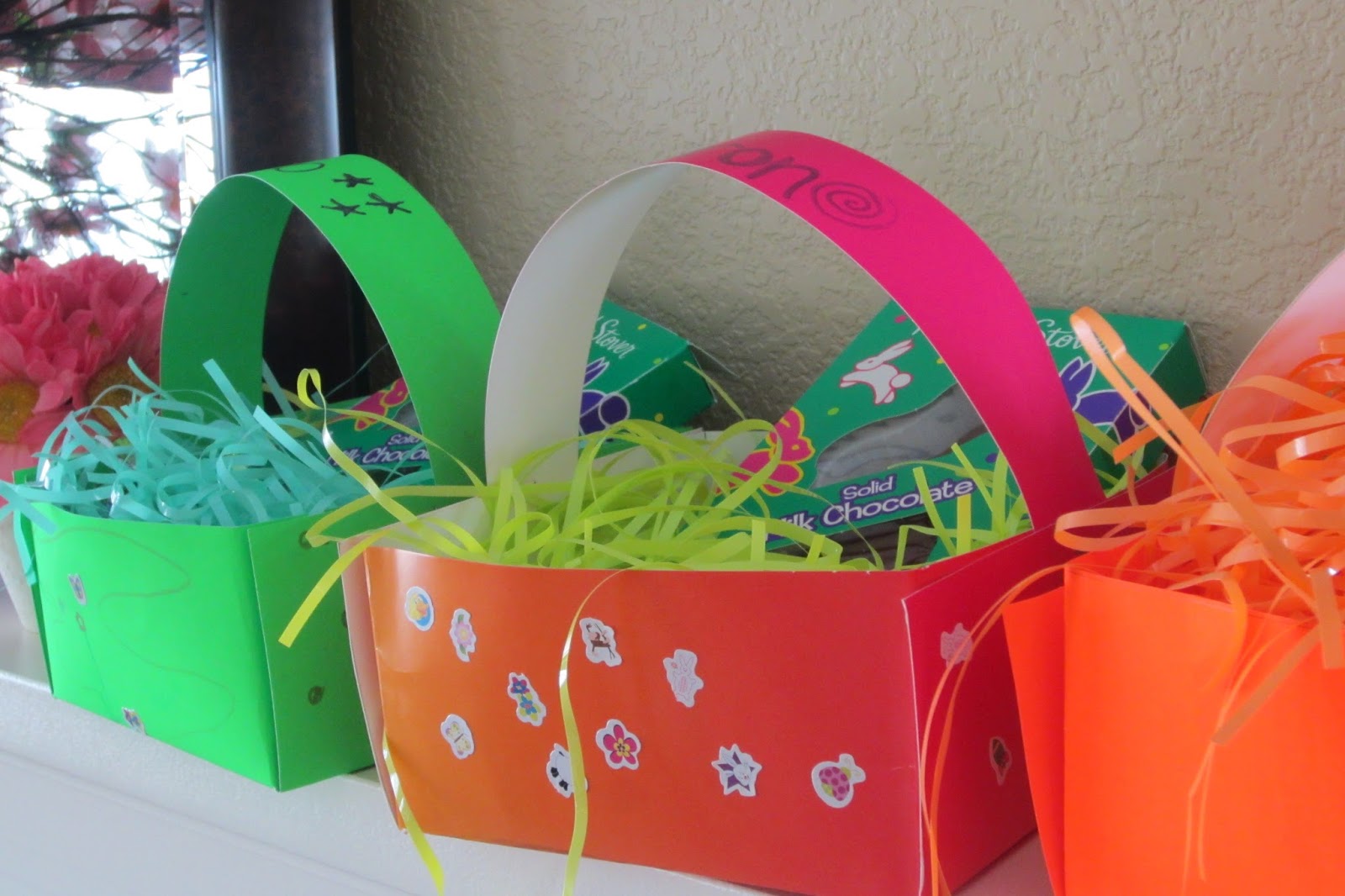

0 thoughts on “How To Make A Homemade Duster”